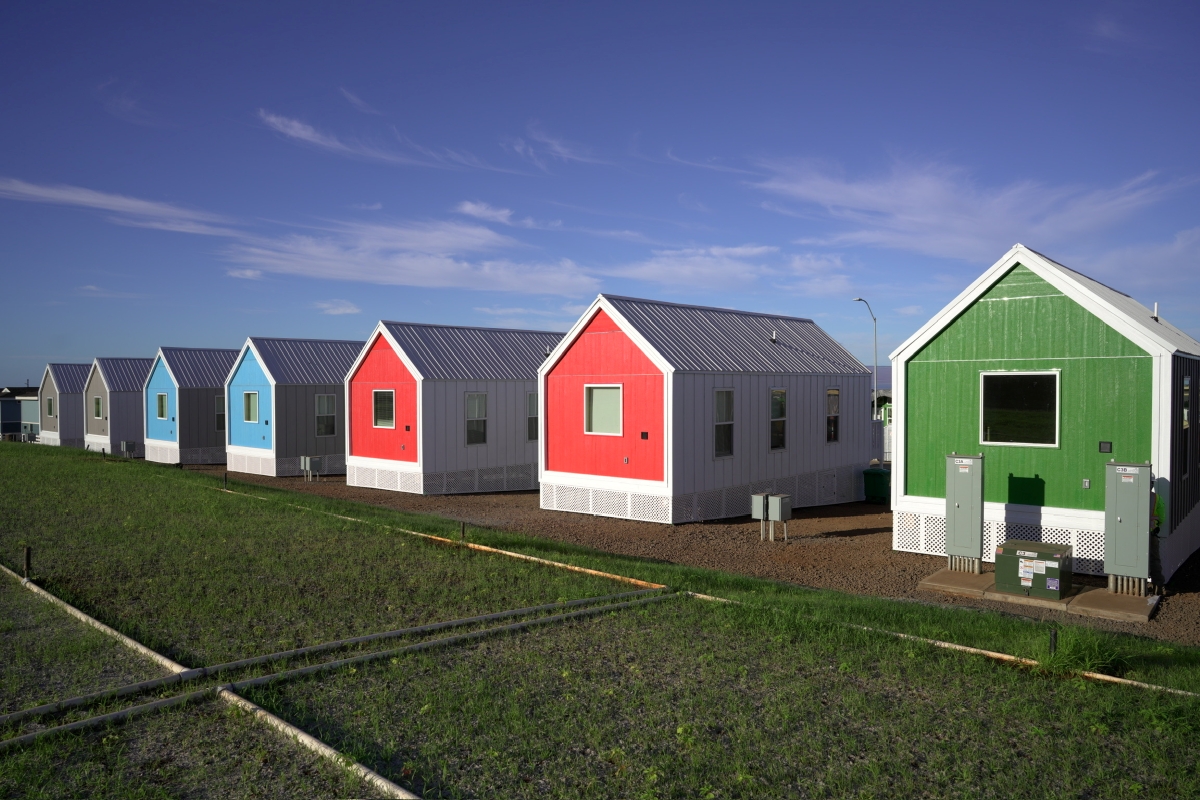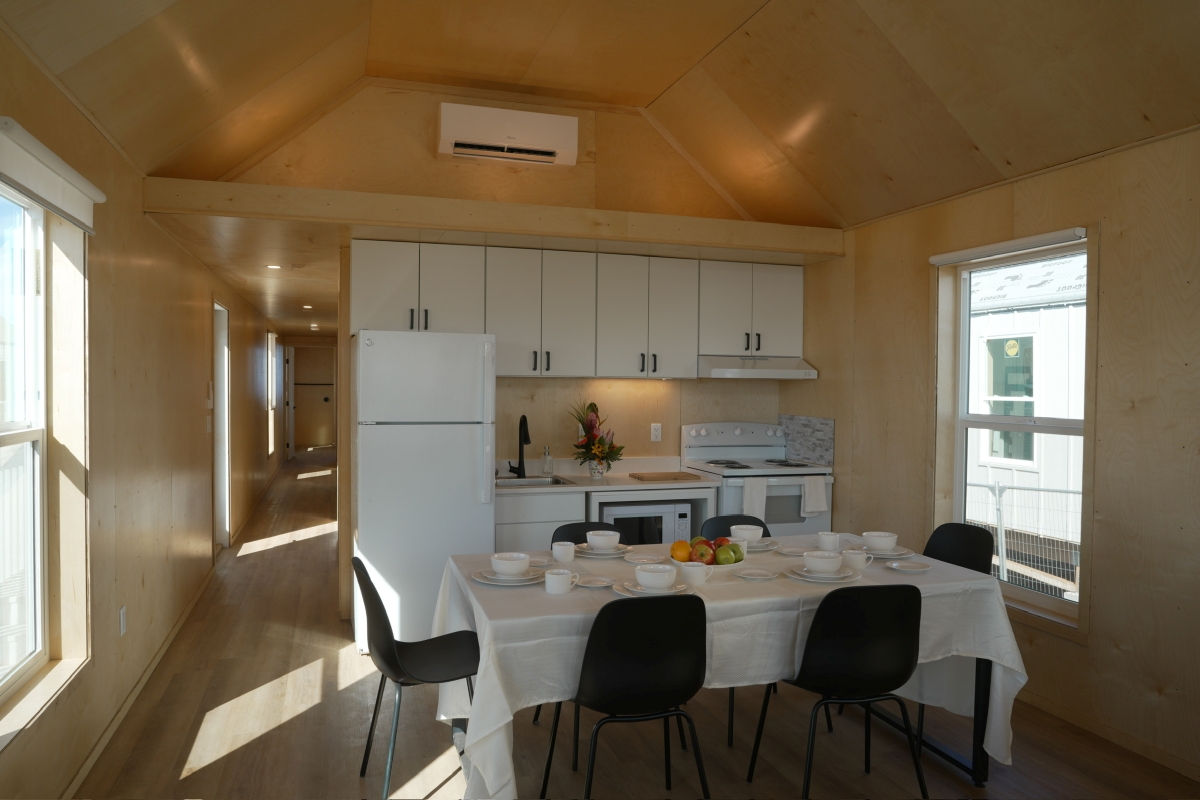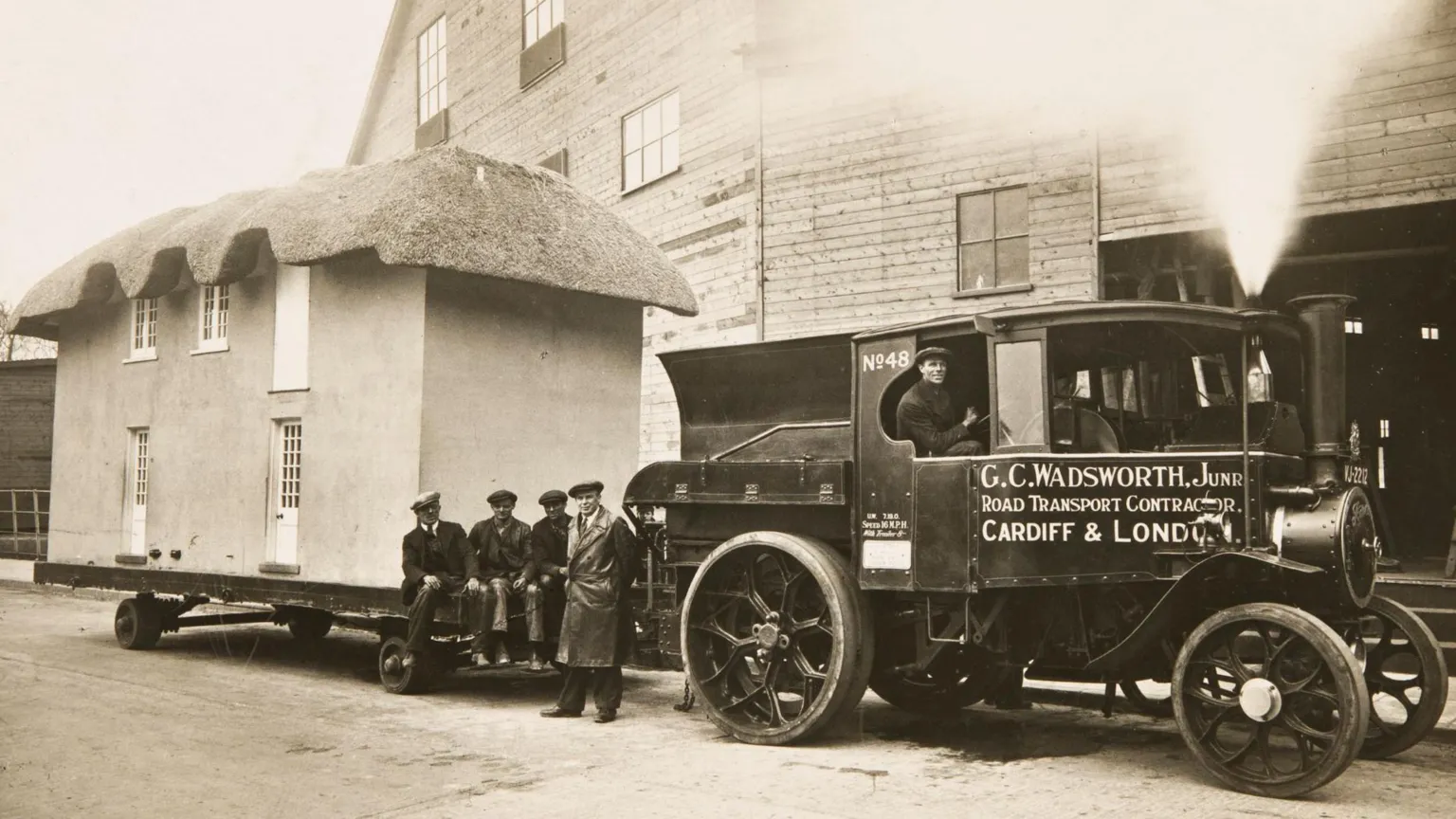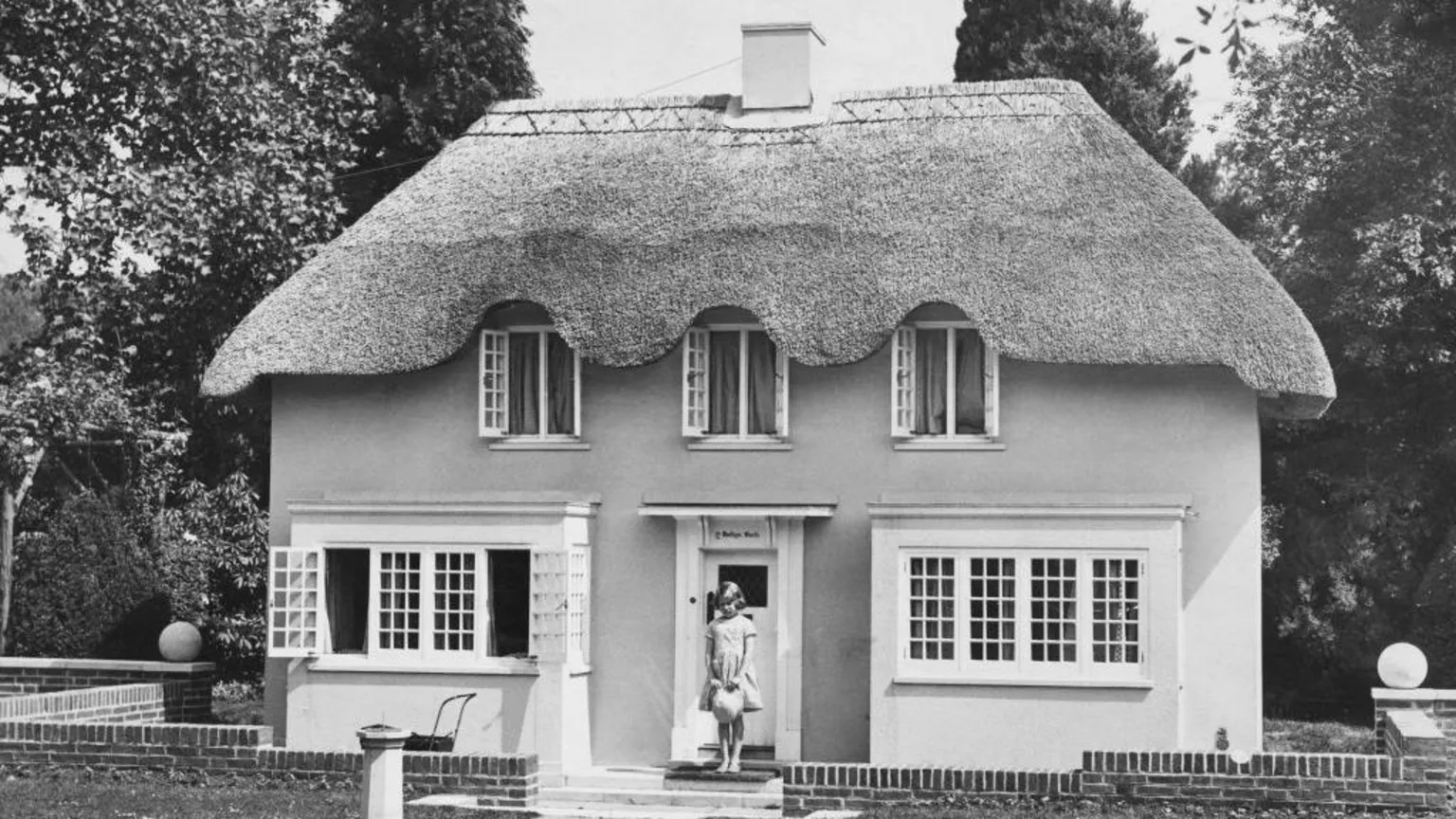'Spider robot' promises to build entire houses in less than 24 hours
A spider-shaped construction robot named Charlotte is being developed in Sydney to 3D print a full-size house in roughly a day. Developers say the machine can autonomously form structural walls for about a 2,150-square-foot home using locally sourced materials.
Instead of cement and bricks delivered by truck, Charlotte compacts sand, soil, and clean waste into layered walls on-site. Researchers argue that this single-machine approach removes long supply chains and many high-carbon steps.
Charlotte, the construction robot
Charlotte is a mobile, legged system that pairs robotics with additive manufacturing, building objects layer by layer with a printer.
The prototype shown in Sydney is not a finished product, but its architecture offers a clear view of where construction automation is heading.
The work was led by Clyde Webster, founding director at Crest Robotics in Sydney. His work centers on agile field robots for construction tasks that are hard, repetitive, or risky. Momentum comes from the housing crunch and a push to cut carbon.
“The building materials that we use today – even a simple brick has so many processes involved and some of them very – very carbon-intensive,” said Dr. Jan Golembiewski, co-founder of Earthbuilt Technology.
From soil to structure
Crest describes an undercarriage-mounted system that gathers sand, earth, and crushed brick, binds the mix in textiles, and then compacts it into successive layers.
At the core is extrusion – pushing a material through a nozzle to form layers. That lets a robot produce continuous courses without mortar joints, guided by digital plans.
“It will work at the speed of over 100 bricklayers,” said Dr. Golembiewski. The team stresses speed as much as simplicity.
Range of motion matters, too, since legs can step over uneven ground where wheeled rigs bog down. A compact, folding frame also makes transport easier, which is essential for remote sites.
Charlotte robots can cut carbon
Buildings use a lot of energy and materials. A UN Environment Programme report notes that in 2022 the sector accounted for 37 percent of energy- and process-related carbon dioxide emissions.
Cutting the most carbon-heavy steps in early stages can have outsized effects later. That is where embodied carbon, the total emissions from making and moving materials, becomes a key metric for builders and regulators.
Charlotte’s creators claim their method avoids cement entirely while turning clean waste into durable walls. If performance and safety data hold up, that would cut both cost and emissions on the same job.
There is a workforce angle as well. Automation that handles repetitive, high-risk tasks could reduce injuries while letting smaller crews do more skilled work.
Balancing robots and workers
Automation in construction raises deep questions about the future of human labor. In countries already facing worker shortages, robots like Charlotte could relieve pressure by taking on repetitive or dangerous tasks.
However, in regions where construction jobs are a lifeline for millions, the shift toward machines could reshape livelihoods and require large-scale retraining programs.
Analysts warn that full automation might widen income gaps between those who design and those who operate or maintain these systems.
Yet some experts see a more balanced path: using robots to supplement, not replace, skilled human crews. That model could speed up work while keeping human decision-making at the center of each project.
Safety, code, and the limits ahead
Any structural system must pass code reviews, fire tests, and inspections. This takes time and hard data, including load tests, durability under heat and flooding, and reliable quality control.
Early use will likely focus on low-rise buildings where code paths are clearer. Each jurisdiction will also set limits on where, when, and how a robot can operate near people.
Material consistency will be a central test. Soil and waste streams vary from site to site, so calibration and verification are essential for predictable strength.
Proponents say digital recipes can adjust mix ratios in real time. Independent testing will need to confirm that claim against standardized benchmarks.
Charlotte, robots, and the future
Charlotte’s folding, lightweight design is also pitched for lunar work. A separate design from AI SpaceFactory and NASA describes shielding strategies for surface structures, including self-shading geometry and a 2.7-meter (about 8.9-foot) regolith cover to block radiation and micrometeoroids.
That lunar material is called lunar regolith, loose dusty soil covering the Moon. It behaves differently from Earth soils, so any printer must adapt to vacuum, low gravity, and extreme temperatures.
Lab research hints at practical paths. One peer-reviewed paper reports that regolith based geopolymers can reach structural strengths suitable for protective shells and pavements under controlled conditions.
If those results translate outside the lab, autonomous printers could help build the first durable service bays, storage, and shelters on the lunar south pole.














 themindcircle.com
themindcircle.com
